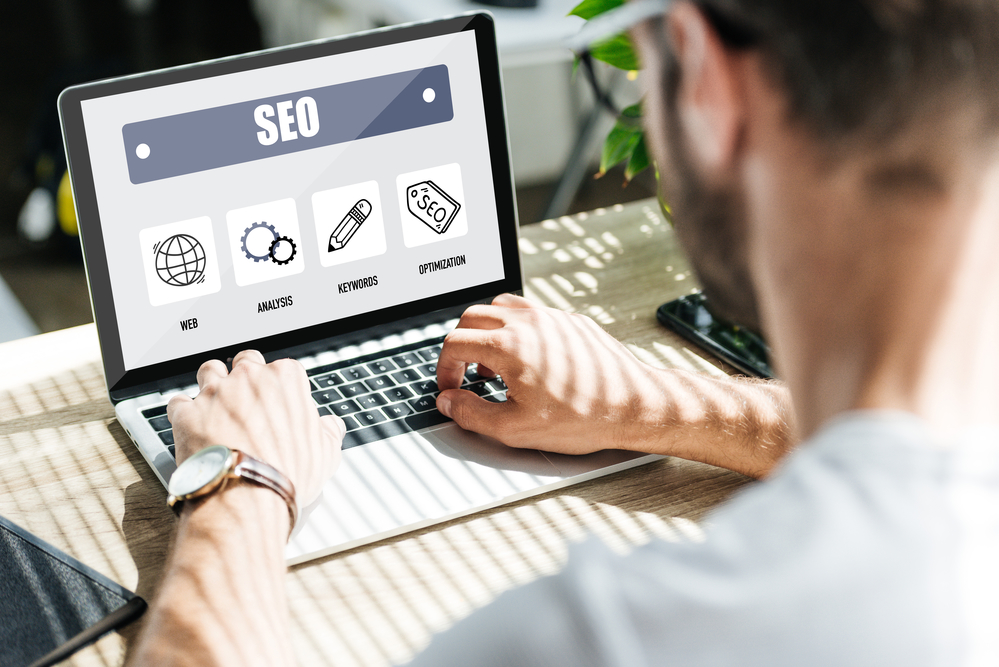Loading Performance LCP, Interactivity FID, and Visual Stability CLS. Optimizing for these metrics is essential for improving overall user satisfaction and potentially boosting search engine rankings.
Optimizing Loading Performance LCP
Loading Performance, measured by LCP, focuses on how quickly the main content of a page loads. Strategies to improve LCP include optimizing server response times, leveraging browser caching, and minimizing render-blocking JavaScript and CSS. Additionally, using a content delivery network CDN can distribute content closer to users, reducing latency and improving loading times.
Enhancing Interactivity FID
Interactivity, as measured by FID, evaluates the responsiveness of a website. Long tasks can delay interactivity, so reducing JavaScript execution time and deferring non-essential JavaScript can help. Ensuring efficient event handlers and minimizing third-party scripts are also effective strategies. Prioritizing critical JavaScript tasks can significantly enhance FID scores.
Addressing Visual Stability CLS
Visual Stability, represented by CLS, assesses how stable the elements on a page remain during loading. To reduce unexpected layout shifts, specify image and video dimensions in HTML or CSS, reserve space for ads and dynamically sized content, and avoid inserting new content above existing elements unless in response to a user interaction. Best Webmaster Forums | Nullsto practices help maintain a smooth user experience.
Monitoring and Measuring Core Web Vitals
Regularly monitoring Core Web Vitals using tools like Google PageSpeed Insights, Lighthouse, or Chrome DevTools is crucial. These tools provide insights into specific issues affecting performance and offer suggestions for improvement. Continuous measurement helps in identifying trends and ensuring ongoing optimization efforts are effective.

User-Centric Optimization
Focusing on user experience beyond technical metrics is essential. Prioritizing fast loading times, smooth interactions, and a visually stable layout contributes to overall user satisfaction. Conducting usability testing and gathering feedback from real users can provide valuable insights into areas needing improvement.
Mobile Optimization
Given the increasing use of mobile devices, optimizing Core Web Vitals for mobile users is paramount. Implementing responsive design principles, minimizing unnecessary elements, and prioritizing mobile-specific optimizations can significantly enhance performance on mobile devices.
Impact on SEO and Rankings
Google has integrated Core Web Vitals into its ranking algorithm, making them a crucial factor for SEO. Websites that provide a better user experience, as indicated by strong Core Web Vitals scores, may see improved visibility in search results. Prioritizing these metrics aligns with Google’s goal of rewarding sites that prioritize user experience.
In conclusion, mastering Core Web Vitals is essential for enhancing user experience and potentially improving search engine rankings. By focusing on Loading Performance LCP, Interactivity FID, and Visual Stability CLS, webmasters can ensure their sites meet modern user expectations. Continuous monitoring, user-centric optimization, and mobile responsiveness are key strategies to achieve and maintain excellent Core Web Vitals scores. Implementing these insights not only benefits SEO efforts but also leads to a more satisfying and engaging experience for visitors.
